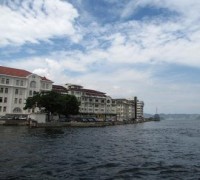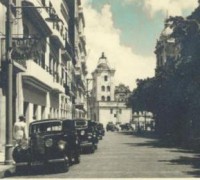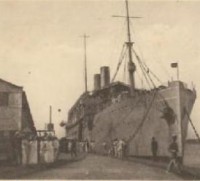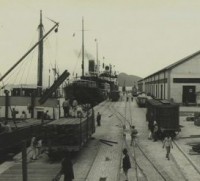- COMMANDER SOUTH ATLANTIC
1)ADM INGRAM INTRODUCTION
From the day I hoisted the flag in the U.S.S. MEMPHIS as a Commander Cruiser Division Two at Guantanamo Bay on January 11, 1941, until today, there has been recorded a progressive action that has brought discomfort to our enemies and guidance and protection to our friends in the great South Atlantic area. In the early days there was divided opinion among the peoples and responsible governments from the Caribbean to the River Plate as to the intentions and good will of the “Colossus of the North”. In Brazil and Uruguay there were many responsible and intelligent people who believed that Germany would win the war.
In addition to this class, there were many Nazi sympathizers, some of whom were active.The success attained was due to military leadership and the general good will spread by all branches of the Armed Forces of the United States in the entire area. My great problem was to win the confidence and good will of both the responsible leaders and peoples of Brazil and Uruguay. The spirit of the South Atlantic Forces was ever at a high ebb. It was a perfect spirited team that got results. In my opinion, the success of the South Atlantic campaign was predicated on the spirit of the South Atlantic Force and its ability to provide inspirational leadership to our South American Allies.
With all modesty, I can report that in this respect I was to a great extent successful. It was accomplished by assuming the direct-dealing policy of perfect honesty of purpose, putting all the cards on the table face up, and telling them exactly what was expected of them and why. At all times was stressed the necessity of close collaboration.
The entire atmosphere was maintained friendly without formality and at the same time not too intimate. My program was to visit the seat of the government at Rio or Montevideo at about six-month intervals, transact my business with dispatch, and get back to the operating bases to carry on the campaign. Their example was contributory to respect and admiration which was inspirational to our allies, who were quickly to follow in their own way. If properly fostered, this same procedure will bring great dividends to the United States in the postwar period.
Full credit for this factual history of the South Atlantic campaign is due Lieutenant Charles E. Nowell, the United States Naval Reserve, who finished the story before the key men interested had been detached from the area.
JONAS H. INGRAM Admiral, U.S. Navy, Commander in Chief, U.S. Atlantic Fleet.
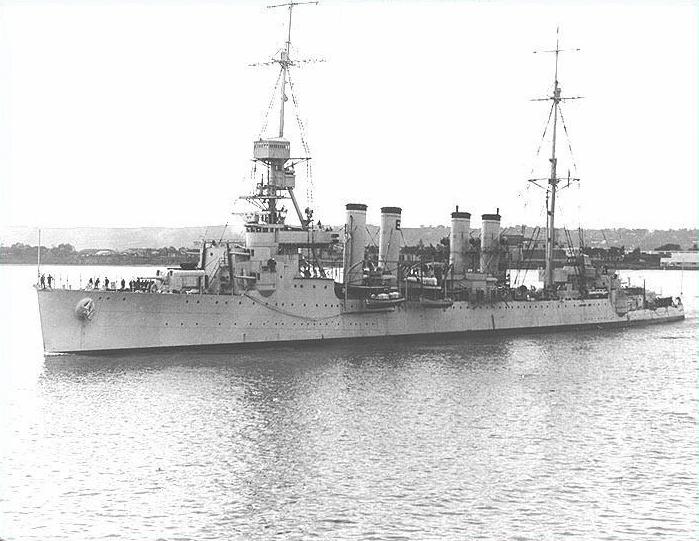
USS MEMPHIS Adm. Ingram's flagship
HyperWar Commander South Atlantic Force. U.S. Naval Administration in WW II
